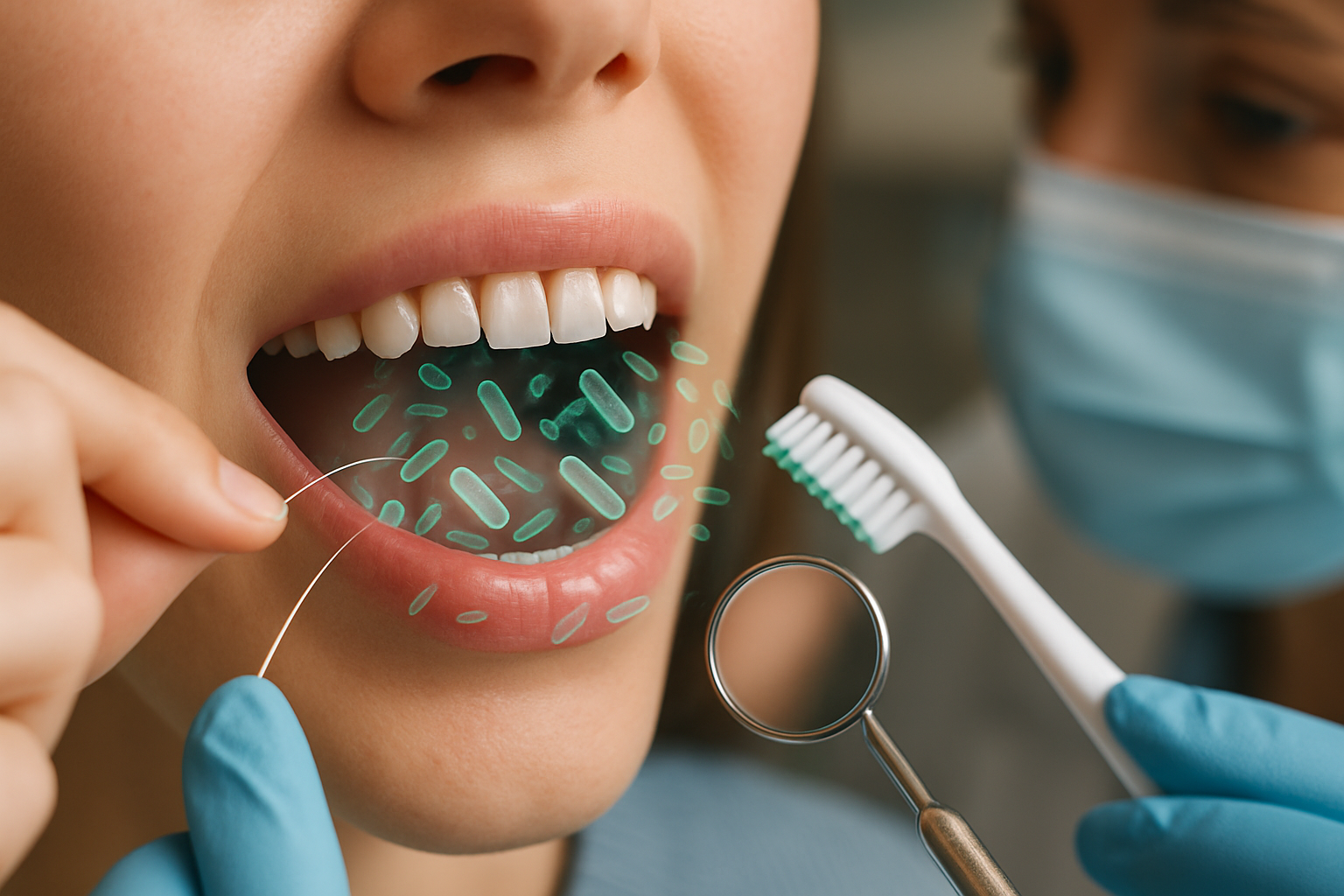Learn About the Causes & Prevention of Bad Breath: A Complete Guide
Bad breath, medically known as halitosis, affects millions of people worldwide and can significantly impact personal and professional relationships. Understanding the underlying causes and implementing effective prevention strategies can help you maintain fresh breath and boost your confidence. This comprehensive guide explores the science behind bad breath, identifies common triggers, and provides practical solutions for long-term oral health management.

What is Bad Breath and How Does It Develop?
Bad breath typically occurs when bacteria in the mouth break down food particles and produce sulfur compounds. These bacteria naturally exist in the oral cavity, particularly on the tongue’s surface and between teeth. When food debris accumulates, bacteria multiply and release volatile sulfur compounds (VSCs), creating unpleasant odors. Poor oral hygiene, dry mouth conditions, and certain medical conditions can accelerate this process.
Common Indicators of Bad Breath You Should Recognize
Several signs can help identify persistent bad breath. A frequent bitter or sour taste in the mouth, especially in the morning, often indicates halitosis. Other people’s reactions, such as stepping back while speaking or offering breath mints frequently, may also signal an issue. White coating on the tongue and persistent dry mouth are additional indicators that warrant attention.
Signs & Causes of Bad Breath Beyond Poor Oral Hygiene
While inadequate oral hygiene is a primary cause, various other factors can contribute to bad breath. Medical conditions such as sinusitis, respiratory tract infections, and gastrointestinal disorders may cause halitosis. Certain medications that reduce saliva production can lead to dry mouth, creating an environment where odor-causing bacteria thrive. Tobacco use, hormonal changes, and specific systemic diseases may also result in chronic bad breath.
Foods That Cause Bad Breath and Their Impact
Several foods are known to contribute significantly to bad breath. Garlic, onions, and other strong-smelling vegetables contain volatile compounds that enter the bloodstream and are expelled through breathing. High-protein foods can leave residues that bacteria break down into strong-smelling compounds. Coffee and alcohol can decrease saliva production, leading to dry mouth and subsequent bad breath.
Ways to Reduce Bad Breath Through Daily Habits
Maintaining proper oral hygiene is fundamental in preventing bad breath. This includes brushing teeth twice daily, flossing regularly, and cleaning the tongue with a scraper. Staying hydrated helps maintain adequate saliva flow, which naturally cleanses the mouth. Using alcohol-free mouthwash, chewing sugar-free gum after meals, and regular dental check-ups are additional effective strategies for managing halitosis.
| Treatment Type | Method | Estimated Cost |
—|—|—
| Professional Cleaning | Dental Prophylaxis | $75-200 |
| Tongue Cleaning Tools | Tongue Scrapers | $5-15 |
| Oral Hygiene Products | Specialized Mouthwash | $8-20 |
| Professional Treatment | Halitosis Assessment | $100-300 |
| Dental Consultation | Comprehensive Exam | $50-150 |
Prices, rates, or cost estimates mentioned in this article are based on the latest available information but may change over time. Independent research is advised before making financial decisions.
Managing bad breath requires a comprehensive approach combining proper oral hygiene, dietary awareness, and professional dental care when necessary. Understanding the various causes and implementing appropriate prevention strategies can help maintain fresh breath and contribute to overall oral health.
This article is for informational purposes only and should not be considered medical advice. Please consult a qualified healthcare professional for personalized guidance and treatment.




